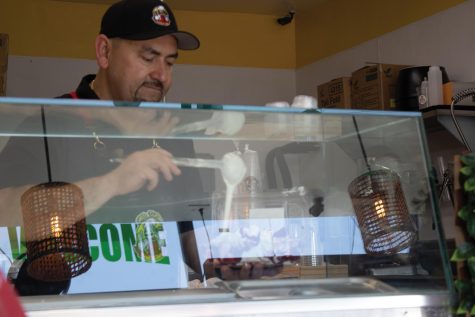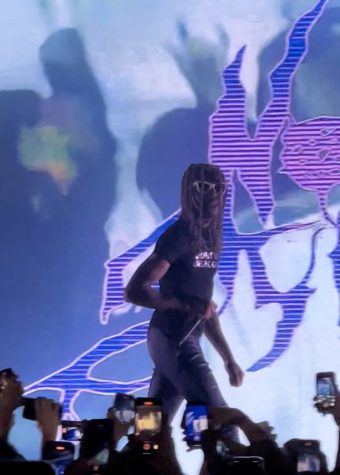The Chicana/o/x Identity and the 20th Century Movement
The Chicanx movement of the 1960’s created solidarity among Mexican-Americans in the Southwest. The movement pursued to change and improve education, politics, and civil rights for Mexican-Americans and Latin Americans during a critical period in United States history.
Over the last decade, gender-neutral variations of the word have transformed it to Chicanx or Xixcanx. Chicano is the masculine form of the word, and Chicana is the feminine word. Similarly, the word Latino/a has become Latinx or Latine. But as time has passed by, the original meaning of the word Chicanx has also been transformed.
Chicana/o/x Identity
Mexican-Americans can identify as Chicana/o/x but not all Mexican-Americans are necessarily Chicanx. The distinctions come in the form of identity, political beliefs, ethos, and worldview and understanding. The origins of the word Chicano/a/x is actually unknown. However, the definition has become almost legendary in Chicanx culture due to its several origin stories.
But in the 1960’s, Mexican-Americans became Chicanxs. The term Chicanx denoted an entirely different type of Mexican-American. Chicanxs were individuals who were more politically and historically aware of their indigenous origins.
But as Ruben Salazar writes in Who Is A Chicano? And What Is It The Chicanos Want? when it comes to relaying a definition, “the word Chicano is as difficult to define as ‘soul.’” People who identified as Chicanx in the 1960’s and 1970’s couldn’t always be clumped together because they often had different ideologies.
The main similarities the movement shared were in the fact that they were politically and socially aware and active. They wanted change and they weren’t ashamed or disdainful of their Mexican and indigenous roots.
The Chicanx Movement began to form as more people became conscious of social and political injustices that Mexican-Americans faced,But not everyone followed this. Fascist and violent ideas existed within the Chicanx Movement as George Marascale explains in his book “Brown-Eyed Children of the Sun,” as much as racist and sexist ideologies were present.

East Los Angeles and Chicanx Movement
East Los Angeles is where the movement seemed to be centered. It is the original home of the Brown Berets, a Chicanx organization akin to the Black Panthers. It was also where the characteristics and optimistic future of the Movement changed. For many, the Chicanx Morituarum at the now Ruben Salazar Park on Whittier Blvd in East Los Angeles was the end.
The Chicanx Moratorium of 1970 took place in East Los Angeles. The event was a demonstration against the ongoing US involvement in the Vietnam War. The war lasted 20 years, between 1955 and 1975. In the late 1960’s, more Chicanxs became aware of the high number of deaths among Mexican and Mexican-American soldiers fighting in the war.
Chicanxs journeyed through Whittier Blvd. The demonstrators ended up at Ruben Salazar Park (then-Laguna Park). The Los Angeles County Sheriff’s Department arrived. Eventually a riot broke out as people ran, some fought with the sheriff’s. Down the street from Laguna Park, reporter Ruben Salazar was killed.
When Salazar died, the Los Angeles Times reported and published the story about his death. But it was La Raza Magazine, a local magazine that covered the story and captured the moments leading up to Salazar’s death. La Raza Magazine was also born in East Los Angeles. The magazine/newspaper focused on Mexican-American, Mexican, and Chicanx issues and topics. Additionally, the newspaper played an important role in influencing the East Los Angeles Blowouts in 1968. It was a community-based newspaper that exemplified the revolutionary spirit of what it meant to be a Chicana/o/x.
Chicanx Movement after the 1970’s
The Chicanx Moratorium had a deep and transformative existential impact on the Chicanx Movement. The movement didn’t get much further, and La Raza Magazine was non-existent by the end of the 1970’s.
But the term Chicanx still holds significant political and socially revolutionary importance. The term Chicanxs originally differentiated from Mexican-Americans, but the term never attempted to neglect one’s true identity. To be Chicanx is to attempt to accept and understand once indigenous roots, and simultaneously accepting and understanding one’s place in white America, but while attempting to improve it.
Jeffrey Barragan is a first-generation Chicano from the Greater Los Angeles area.







